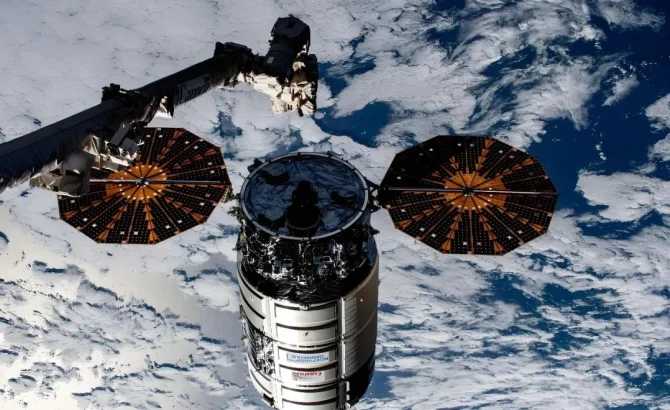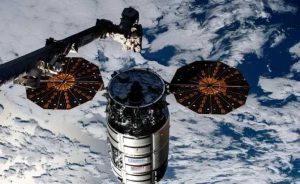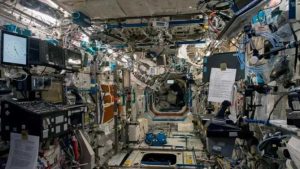Far out in the depths of space, the International Space Station (ISS) quietly orbits Earth, once a beacon of humanity’s dreams and ambitions. But now, this “heavenly palace” is overshadowed by a growing list of problems. Aging systems, leaks, and hidden risks hang over it like ticking time bombs, threatening the lives of the astronauts aboard.
The ISS’s Persistent Leak Problem
In recent years, the ISS has been plagued by increasingly severe air leaks. NASA’s reports paint a grim picture, exposing the station’s fragile condition. Each day, over a kilogram of life-sustaining oxygen and nitrogen leaks into the void of space. Yet, the sources of these leaks remain elusive, like cunning phantoms lurking in the station’s structure.
Some cracks are visible to the naked eye, scars etched into the station’s metallic shell. Others are more insidious, buried deep within the metal, silently corroding the station’s “body.” These hidden vulnerabilities not only shorten the station’s lifespan but also pose a significant threat to astronaut safety.
NASA and Roscosmos have been working tirelessly to diagnose the issue, conducting thorough “health checkups” on the station. However, the results are anything but reassuring. The complexity of the leaks and the time required for repairs have turned life aboard the ISS into a high-wire act, with astronauts walking a fine line between safety and danger.
Why Is the ISS Deteriorating?
The ISS’s decline is closely tied to the harsh environment of space. On Earth, iconic structures like the Golden Gate Bridge and the Empire State Building endure for decades thanks to rigorous engineering and maintenance. But in space, the rules are different.
Cosmic radiation acts as an invisible sword, penetrating the ISS’s metal and damaging its microscopic structure. This not only weakens the material but also leads to unpredictable consequences. The extreme temperature fluctuations in space, from searing heat in the sunlit side to freezing cold in the shadowed side, further strain the station’s materials. These drastic changes—spanning hundreds of degrees Celsius—cause continuous expansion and contraction, accelerating the metal’s aging and fatigue.
Adding to this is the constant threat of micrometeoroid impacts. Though tiny, these particles travel at incredible speeds, hitting the station’s exterior with the force of bullets. Over time, these relentless assaults inflict substantial, often irreparable, damage.
A Race Against Time: Evacuation Plans Underway
Faced with these escalating challenges, the priority now is to evacuate the astronauts safely. However, this is no ordinary “move-out.” There are currently seven astronauts aboard the ISS, two of whom have been stranded due to a damaged spacecraft. Ensuring their safe return has become a logistical puzzle.
The Russian Soyuz MS-26 and SpaceX’s Crew Dragon spacecraft are the astronauts’ only tickets back to Earth. But both spacecraft have limited capacity and cannot accommodate everyone at once. This means astronauts must “squeeze” through a narrow margin of safety to return home.
To address the issue, NASA has proposed modifying the Crew Dragon by adding “tray seats,” essentially makeshift accommodations to increase capacity. While this solution seems straightforward, it comes with significant risks. The tray seats have not undergone rigorous testing, leaving their safety and reliability uncertain. For the astronauts, taking such “standing room tickets” is akin to gambling with their lives.
Courage in the Face of Adversity
Despite the risks, the astronauts have not flinched. They understand that this is a race against time. Through careful teamwork and unyielding determination, they are preparing for this unprecedented “space evacuation.” Like a well-trained army, each crew member remains steadfast at their post, working toward a shared goal of survival.
This emergency evacuation from the ISS is but a small episode in humanity’s long journey of space exploration. Yet, it vividly illustrates the immense challenges and risks involved. Every mission to space is an act of bravery, a step into the unknown. Every safe return is a testament to the value and fragility of life.
The Future of Space Exploration
While the ISS’s retirement marks the end of an era, humanity’s quest to explore space continues. In the coming years, more astronauts will embark on journeys to distant planets and deeper realms of the cosmos. Their missions will build on the lessons learned and the technological advancements made during the ISS era.
Ultimately, the future of space exploration depends on relentless innovation and perseverance. From the Moon to Mars and beyond, humanity’s next chapter among the stars is just beginning.
For more insights, visit: dailynewspapers.in











